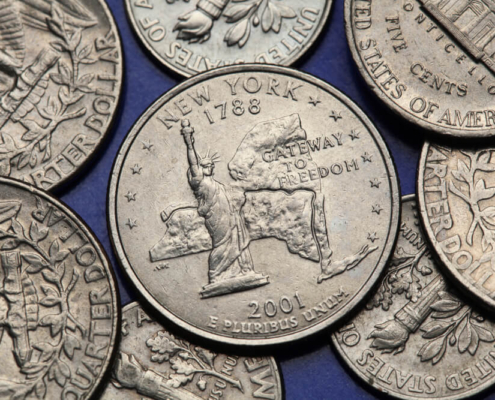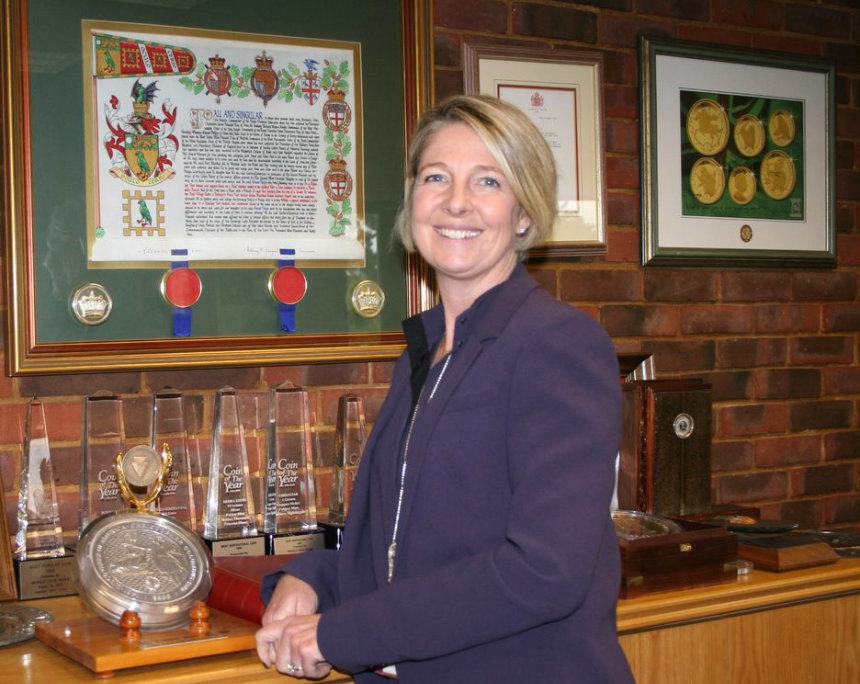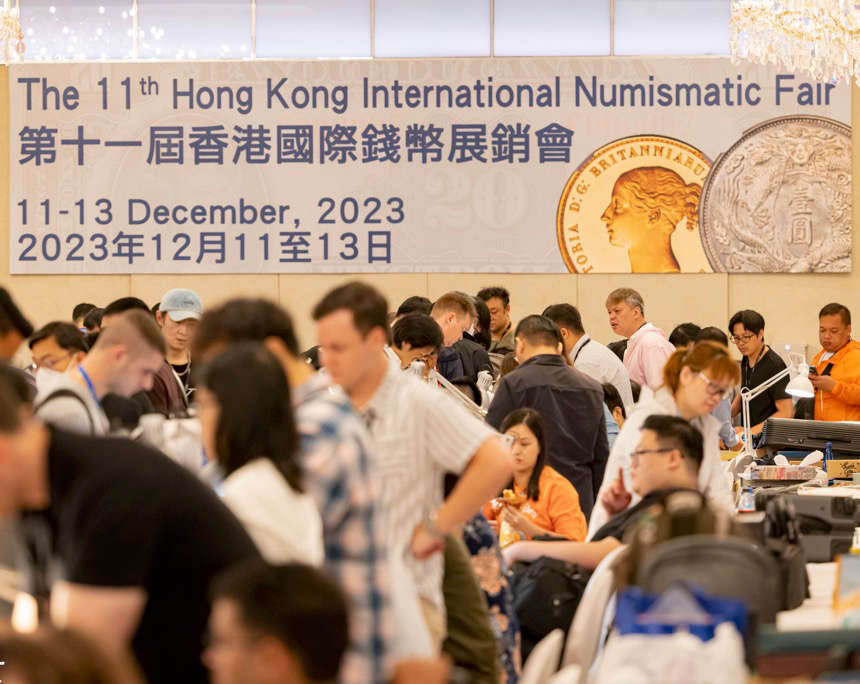Friedrich Wilhelm, the Great Elector.
Ducat 1686 LCS, Berlin.
Extremely rare.
Attractive piece.


Maximilian II.
Ducat 1855.
Only a few pieces are known.
Extremely fine-uncirculated.

Ferdinand Albrecht I.
Löser in the weight of 4 Reichstalers 1670, Clausthal.
Extremely rare.
Attractive piece.

Friedrich Adolf.
5 Ducats 1711, Detmold.
Only known piece.
Extremely fine-uncirculated.

6 Ducats, n. d. (1765-1790), with the title of Joseph II.
NGC MS 62 PL.
Extremely rare.
Attractive piece from polished dies.
Almost uncirculaed.

Johann Adolf, 1590-1616.
Portugalöser (10 ducats) n.d., Eutin.
Extremely rare and of particular
significance in monetary history.
Attractive piece.

Leopold I, 1657-1705.
20 Ducats, n. d. (after 1666), Hall,
by M. König.
Extremely rare.
Almost extremely fine.

Archive: People and Markets
Pobjoy Mint to Close Their Doors at the End of the Year
Pobjoy Mint, an icon of Non-Circulating Legal Tender manufacturing have announced they will close their doors. This does not come as a surprise for those who know the market. Ursula Kampmann comments.
Successful December 2023 HKINF
The organizers of the 11th Hong Kong International Numismatic Fair (HKINF) are grateful for the positive feedback they received for the event. The date of the next HKINF has now been announced. Tables are still available.
Archive: Coins, Medals and more

State-of-the-Art Minting Technology
Colours, special shapes, inlays, micro inscriptions, latent images and holograms – many technologies are used on commemorative coins today. In this article, we give you a little overview of the different technologies that are currently applied in the coin producing industry.

Fascinating Change: The 50 State Quarters of the USA – a Milestone
By means of the 50 State Quarters, the US Mint succeeded in rekindling the people’s love of coins and bringing it to the next generation. What was so special about this series? Let’s look back.













“Luxury and Power: Persia to Greece” at the British Museum
Over centuries the Persian empire and the Greeks had many conflicts. But nevertheless they influenced each other in many ways, as coins and works of art document. A major exhibition at the British Museum explores the relationship between luxury and power in this time.
Exclusive Presentation of the Latest Commemorative Coin: The 100-Franc Gold Vreneli Returns After 100 Years
At the World Money Fair, Swissmint unveiled its latest commemorative coin to mark a special anniversary: on 1 July 2025, the coin “100 Years of the 100-Franc Vreneli” will be released – a tribute to the original edition from 1925.